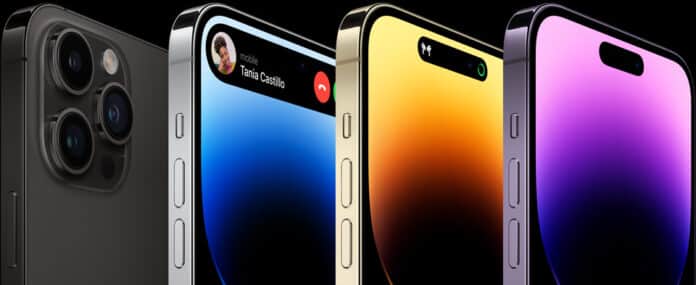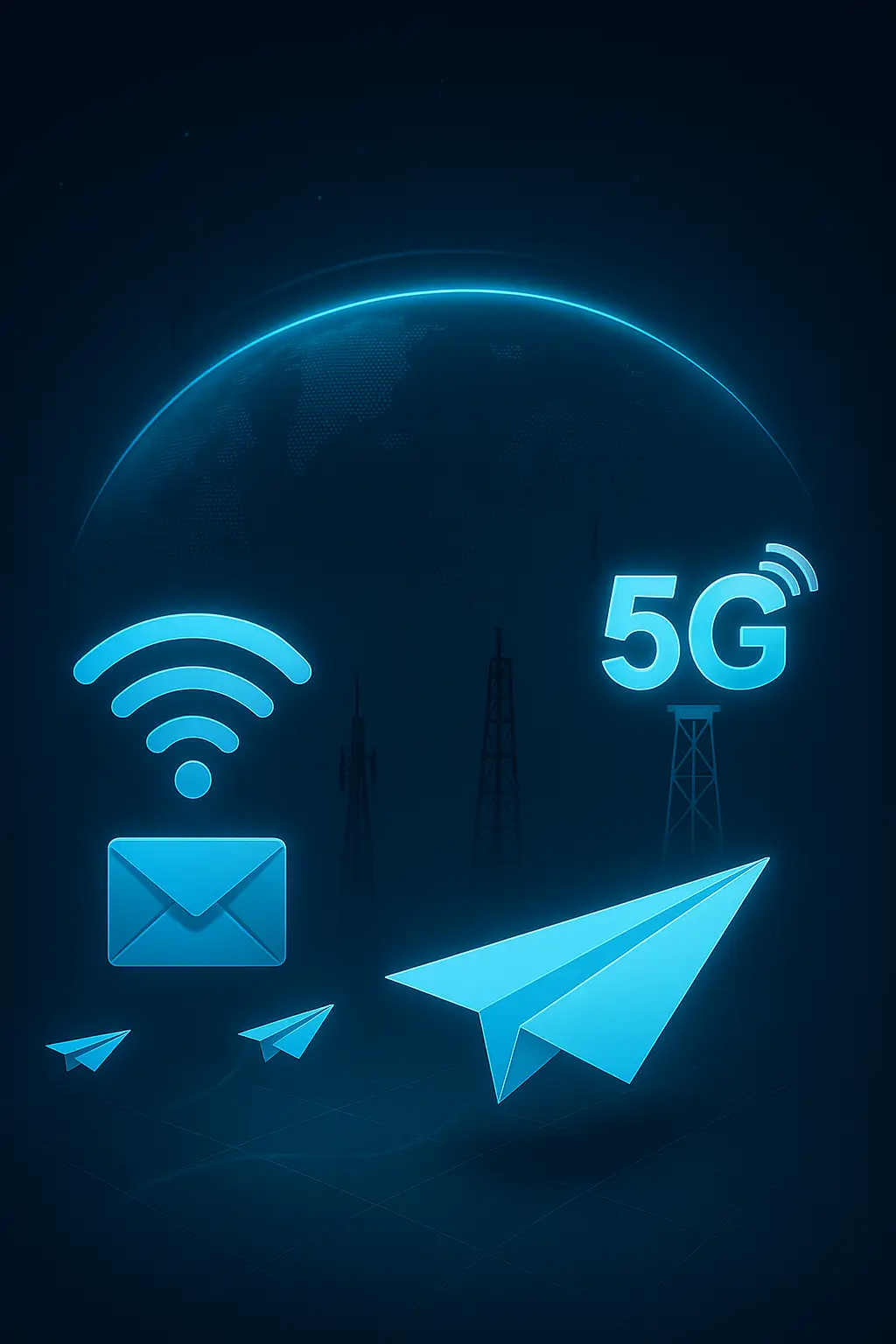5G technology represents the most significant advancement in mobile networking in the past decade. For telecom professionals and network engineers, understanding device compatibility across popular consumer devices like iPhones is critical knowledge for network planning and implementation.
Consumer Device Compatibility: A Technical Foundation
If you’re analyzing network compatibility or advising organizations on device procurement, you need to understand which iPhone models support 5G technology. Currently, all recent iPhones are 5G-compatible, including the iPhone 14 series, iPhone SE (2022), iPhone 13 series, and iPhone 12 series. However, earlier models lack 5G capabilities, creating a mixed device environment that network professionals must account for when planning deployments and optimizing network performance.
iPhone 5G Compatibility Table: Technical Reference
| iPhone Model | 5G Compatibility | Technical Specifications |
|---|---|---|
| iPhone 14 Series | Yes | mmWave & sub-6GHz support, 4×4 MIMO, 4Gbps theoretical maximum |
| iPhone SE (2022) | Yes | Sub-6GHz support, 2×2 MIMO |
| iPhone 13 Series | Yes | mmWave & sub-6GHz support, 4×4 MIMO, 4Gbps theoretical maximum |
| iPhone 12 Series | Yes | mmWave & sub-6GHz support, 4×4 MIMO, 4Gbps theoretical maximum |
| iPhone 11 Series | No | Cat 19 LTE, 4×4 MIMO, 1.6Gbps maximum |
| iPhone XS/XS Max | No | Cat 16 LTE, 4×4 MIMO, 1Gbps maximum |
| iPhone X/XR | No | Cat 12 LTE, 2×2 MIMO, 600Mbps maximum |
| iPhone 8 Series | No | Cat 12 LTE, 2×2 MIMO, 600Mbps maximum |
| iPhone 7 Series | No | Cat 9 LTE, 450Mbps maximum |
Network Performance Considerations for Telecom Engineers
Understanding the technical differences between 5G-enabled iPhones and legacy models is crucial for network planning professionals. The iPhone 12 through 14 series all support theoretical speeds up to 4Gbps under optimal conditions, with Apple confirming that the iPhone 12 series supported more 5G bands than any other phone at launch. For network engineers, these differences affect:
- Spectrum allocation decisions across different device generations
- Capacity planning for mixed-device environments
- Infrastructure investment priorities based on device penetration rates
Advanced Technical Specifications
The highest-performance iPhones (12-14 series) feature:
- Full mmWave and sub-6GHz compatibility
- 4×4 MIMO antenna arrays for enhanced throughput
- Support for carrier aggregation across frequency bands
- Dynamic spectrum sharing capabilities
The iPhone SE (2022) represents a different technical approach, focusing on sub-6GHz compatibility with 2×2 MIMO implementation, creating different network utilization patterns that engineers must account for.
Why Apple’s 5G Implementation Timeline Matters to Network Professionals
Apple’s delayed entry into 5G compatibility wasn’t merely a consumer inconvenience—it significantly impacted network deployment strategies. While Android devices began supporting 5G in 2019, Apple’s massive market share meant that many networks couldn’t realize full 5G adoption until late 2020. For telecom engineers, this history demonstrates important lessons in:
- Technology adoption curves across different device ecosystems
- The impact of market-leading devices on network deployment ROI
- How component supply chains (like Apple’s dispute with Qualcomm) can impact industry-wide technology transitions
Network Planning in Mixed-Device Environments
With multiple generations of iPhones in active use across consumer and enterprise settings, network professionals face unique challenges:
- Legacy device support: Maintaining optimal LTE performance while scaling 5G
- Spectrum allocation: Balancing resources between 4G and 5G frequency bands
- Cell site density planning: Accounting for different device capabilities in coverage mapping
- Performance optimization: Managing network resources to support devices ranging from Cat 9 LTE to full 5G
Professional Development: Mastering 5G Device Integration
For telecom professionals looking to advance their careers, understanding the technical nuances of device compatibility is essential. Our 5G Network Planning Certification provides engineers with comprehensive knowledge on:- Advanced spectrum management techniques for multi-generation device support
- Migration strategies from LTE to 5G in mixed-device environments
- Optimizing cell site configuration for device-specific performance characteristics
- Testing methodologies for validating network performance across device types
Future-Proofing Network Deployments
As Apple and other manufacturers continue advancing their 5G implementations, network professionals must stay current with evolving standards and capabilities. Our 5G Advanced Implementation Course provides the latest technical knowledge on:
- Enhanced carrier aggregation techniques
- Massive MIMO optimization for next-generation devices
- RedCap and other emerging standards impacting device compatibility
- Network slicing implementation for diverse device capabilities
Conclusion: Beyond Consumer Knowledge
While understanding which iPhones support 5G is valuable consumer knowledge, telecom professionals require a deeper technical understanding of how these devices interact with network infrastructure. The transition to 5G remains ongoing, with many organizations still supporting mixed device environments that include both 5G-capable and legacy 4G devices. For engineers and network planners looking to build expertise in this critical area, our 5G Technical Training Programs provide comprehensive, certification-focused education on all aspects of 5G implementation, optimization, and future planning.
Benefit from Massive discount on our 5G Training with 5WorldPro.com
Start your 5G journey and obtain 5G certification
contact us: contact@5GWorldPro.com


